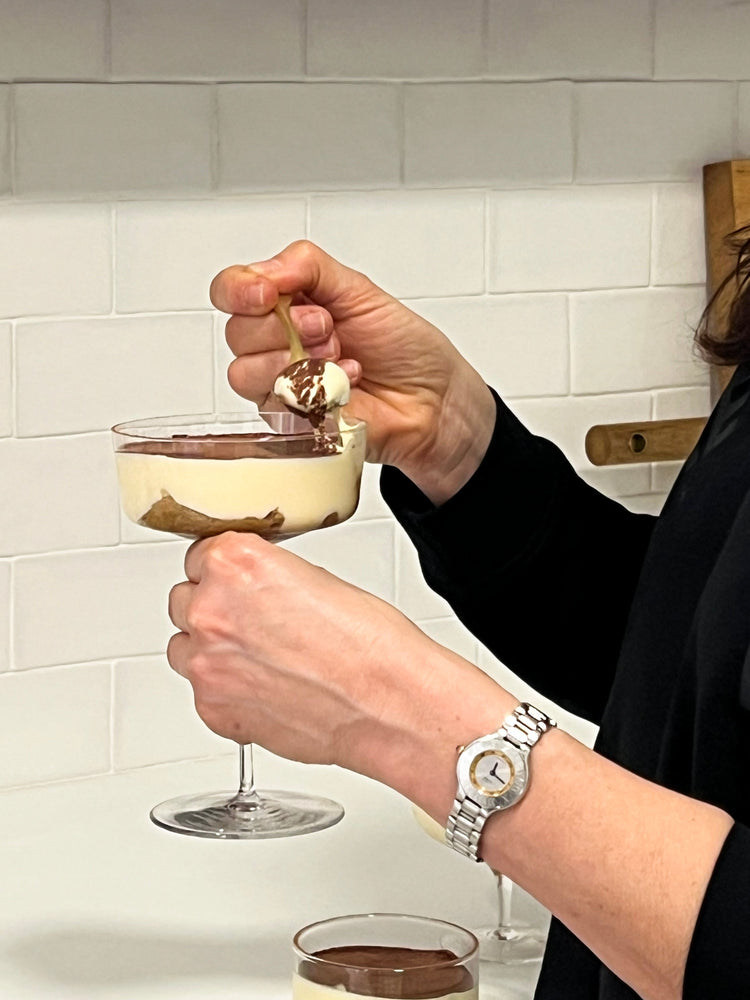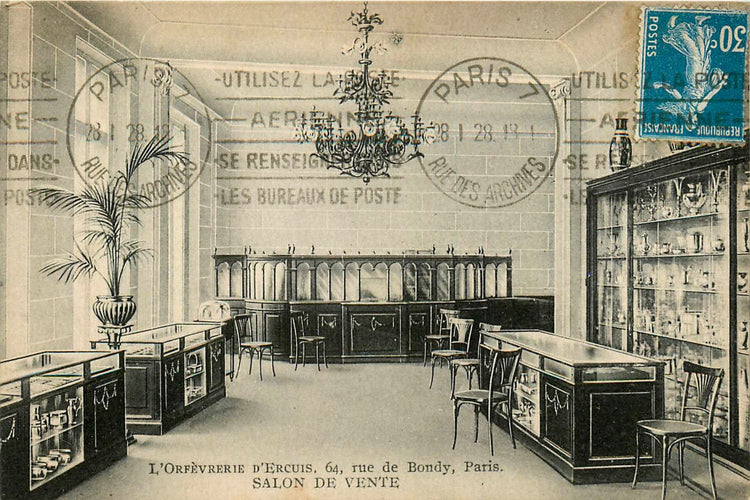The history of the "Cocktail"
THE BIRTH OF A NEW DRINK
The first cocktails date back to ancient Greece, with Hippocrates, the father of Medicine. He created a macerated mixture of wine, wormwood leaves and díctamo (it is said that this formula is also the origin of Vermouth). He used these leaves to combat bad breath problems caused by the lack of hygiene at the time as well as to alleviate the effects of having taken some kind of poison.
Over the centuries, the macerated wine was known as "Hippocratic". The mixing of wine with other ingredients evolved. Crushed herbs, bitter almonds, cinnamon, honey, etc. were added to season the wine.
One of the theories that explains the origin of cocktails, like the ones we know today, claims that they came from Frenchman Antoine Peychaud, who used to offer his friends drinks prepared in a recipient similar to the "coquetier" cups, which were used to mix different liquors during the 19th century in France, according to the story, this word derived into the English word "cocktail".
Others say it originated in New York.
Our favourite cocktails are the ones that Manolo creates, names and prepares himself in his Santa Cristina (Coruña) bar "El Pirata".
"Perla negra" and "Morir soñando" are our favourite ones.
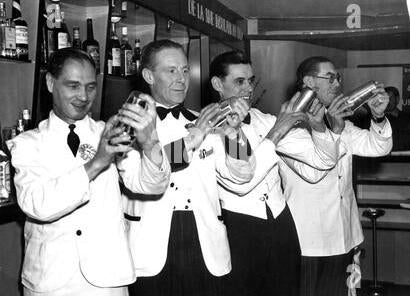
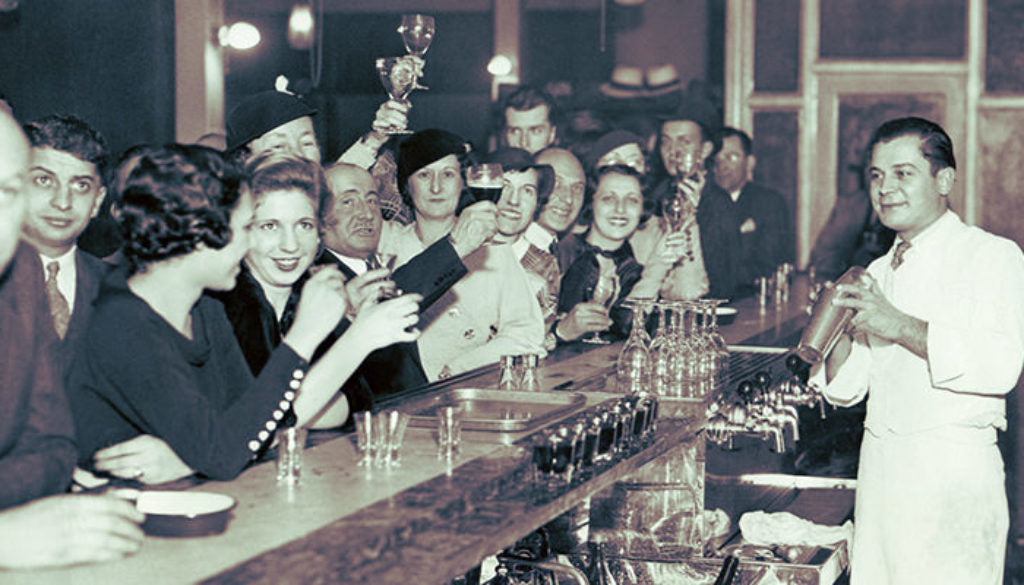
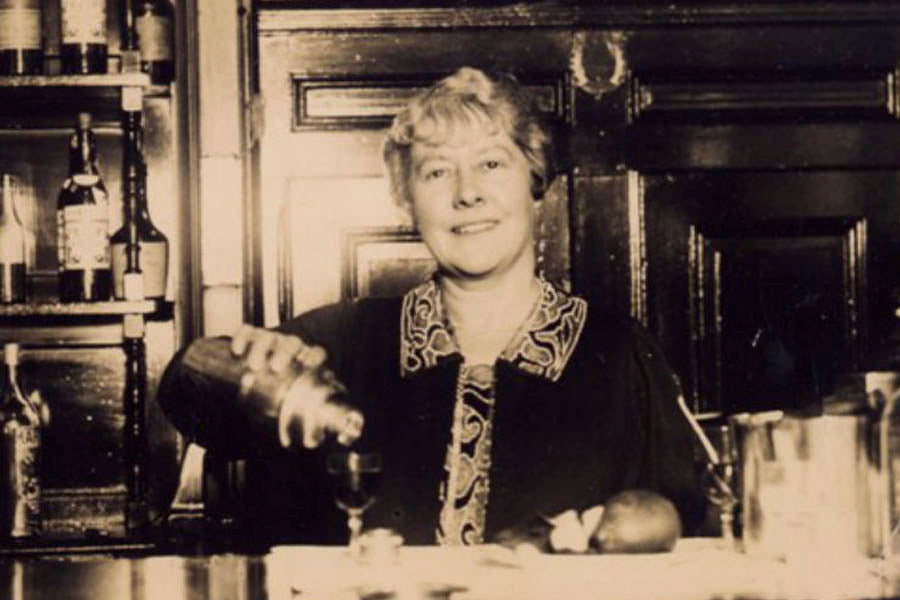
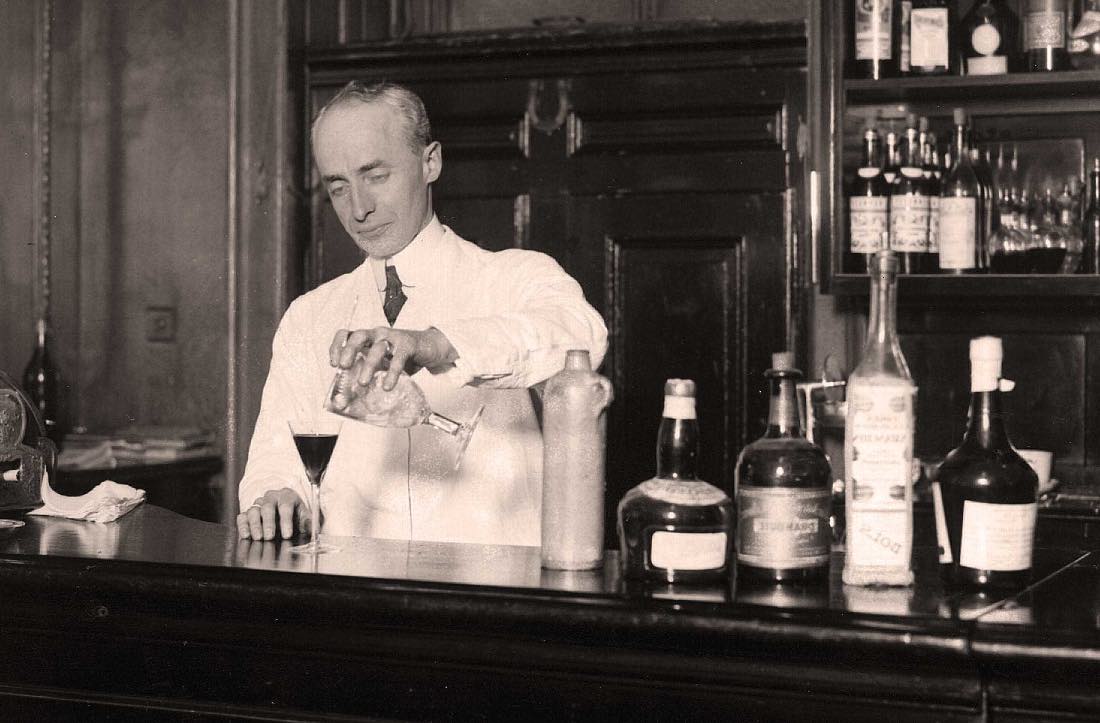
Bar tenders at the Olympia Hotel, London. January 16, 1948
Customers having a cocktail
Ada Coleman, the first recognized barmaid
Harry Craddock, barman at the American Bar of the Savoy Hotel in London
Manolo preparing a "Perla negra"

